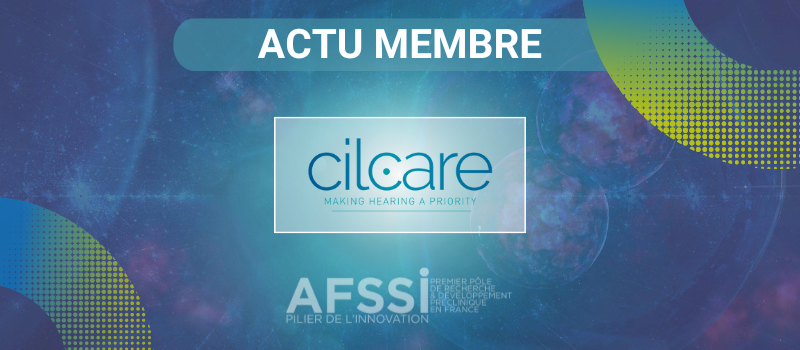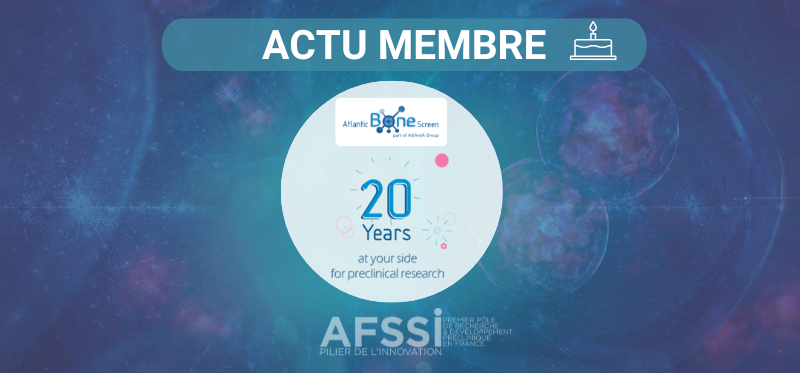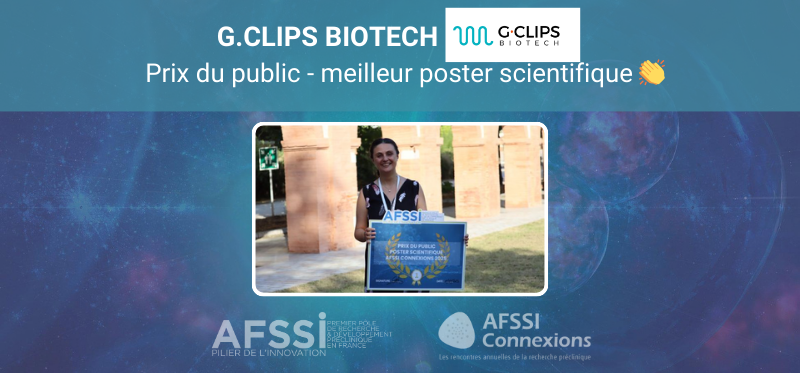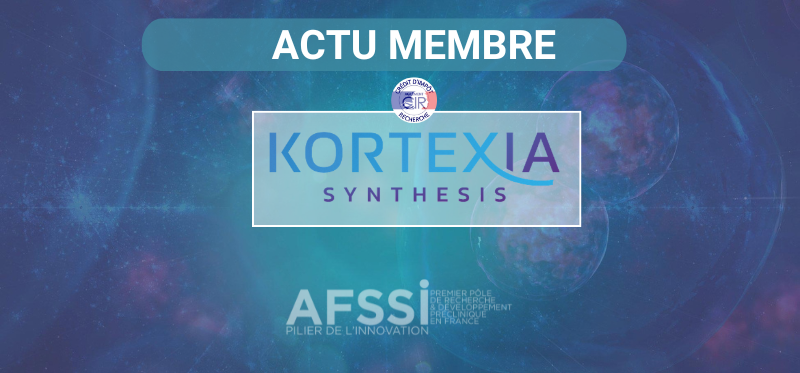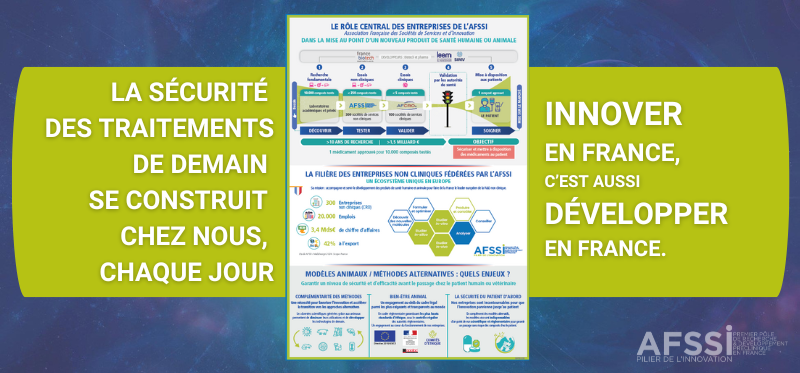Nous avons le plaisir de vous annoncer que CILCare a remporté le prix du jury du meilleur poste scientifique des AFSSI Connexions 2024 !
Le prix a été remis à CILCare lors de la soirée networking au jardin des plantes de Montpellier par le jury composé de :
- François CAUSSADE, Président et CEO d’ANS Biotech
- Anne JOUVENCEAU, Coordinatrice de l’Agence de l’Innovation en santé
- Olivier LOGET, Président et CEO de CapEval Pharma
- Susanna MALMSTRÖM, Directrice Alliances de CILCare
La session posters est un temps fort des AFSSI Connexions qui permet aux membres de mettre en avant leurs travaux de recherches.
Pour cette seconde édition, 15 posters ont été exposés par les membres de l’AFSSI. Ils ont pu présenter leurs expertises et recherches aux participants et au jury de cette session. Nouveauté de cette année, deux prix étaient à remporter :
- Prix du jury, dont le lauréat est CILCare
- Prix du public, dont les lauréats sont Atlantic Bone Screen et Enterosys qui ont présenté un poster commun.
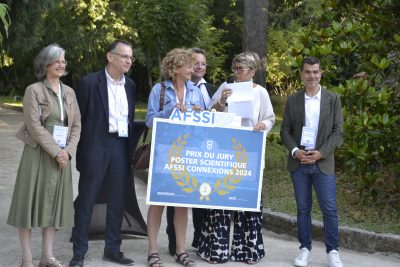
En tant que lauréat du prix du jury du meilleur poster scientifique, CILCare a remporté :
- Un accès membre Village AFSSI d’une valeur de 690€HT pour la prochaine édition
- Une prise de parole lors de la soirée networking
- Une mise en visibilité sur les canaux AFSSI
Regardez l’interview de CILCare !
Découvrez l’abstract !
« Sensorineural hearing loss as a complication of type-2 Diabetes mellitus: evidence of several cellular and neural impairments »
Carolanne COYAT1*, Karine TOUPET1*, Gaëlle NAERT1*, Sylvie PUCHEU1* and Mathieu SCHUE1*.
- Cilcare SAS, 34080 Montpellier France
While retinopathy, nephropathy, and peripheral neuropathy are well-established complications of type 2 diabetes, sensorineural hearing loss is increasingly recognized as a comorbidity of this metabolic disease. Several causes have been suggested, including auditory peripheral neuropathy (synaptopathy), which can lead to early-onset hearing loss. No extensive research has been conducted on preclinical models of type 2 diabetes. Our study aims to better characterize the development of SNHL concomitantly with diabetes biomarkers in a diabetic mouse model.
Genetically modified mice with mutations in the leptin receptor gene (BKS(D)-Leprdb/JOrlRj)2 were monitored from 5 to 13 weeks of age to assess the parameters of their diabetes (blood glucose, glycosylated hemoglobin, biochemical analyses) and their hearing, using auditory evoked potentials and terminal histological analyses of the cochlea.
In this model, Leprdb/Leprdb mice exhibited a phenotype of obesity and hyperglycemia, with fasting blood glucose levels of ~4 g/L compared to 2 g/L in heterozygous control mice. Diabetic mice displayed early-onset hearing loss characterized by a significant increase of auditory brainstem response (ABR) thresholds and a significant decrease of distortion product otoacoustic emission (DPOAE) amplitudes compared to the Leprdb/+ control mice. These data correlated with morphological and histological changes in the cochlea.
Here, we present data from a murine model illustrating the detrimental consequences of type 2 diabetes on hearing. This translational preclinical model may be useful for evaluating the efficacy of drug candidates for the preservation and restoration of hearing in type 2 diabetic patients.


